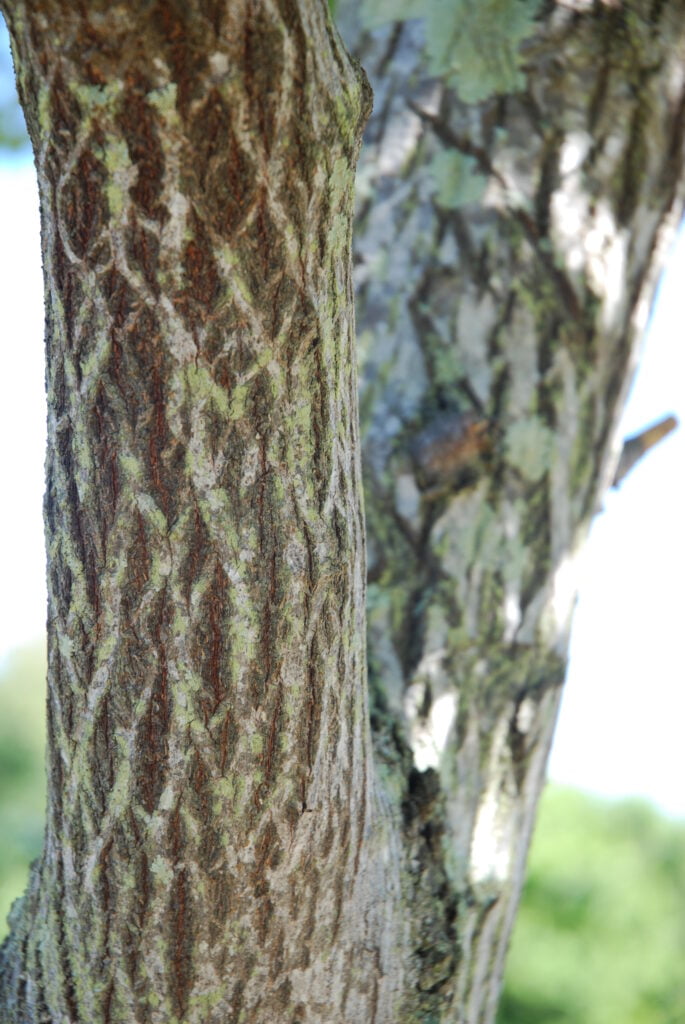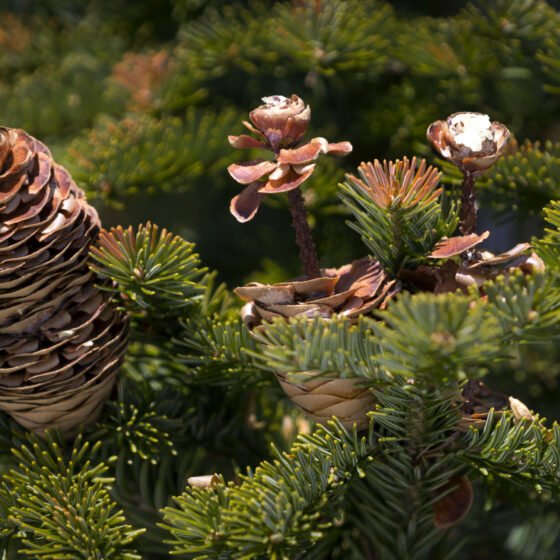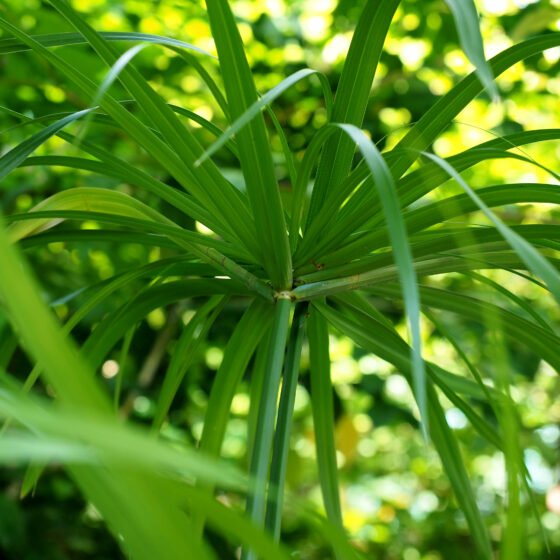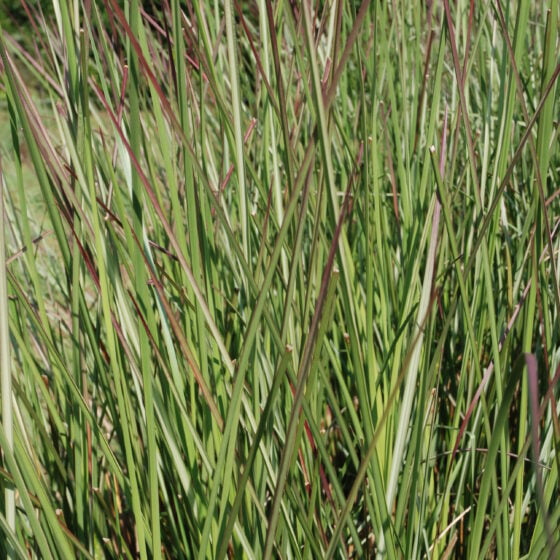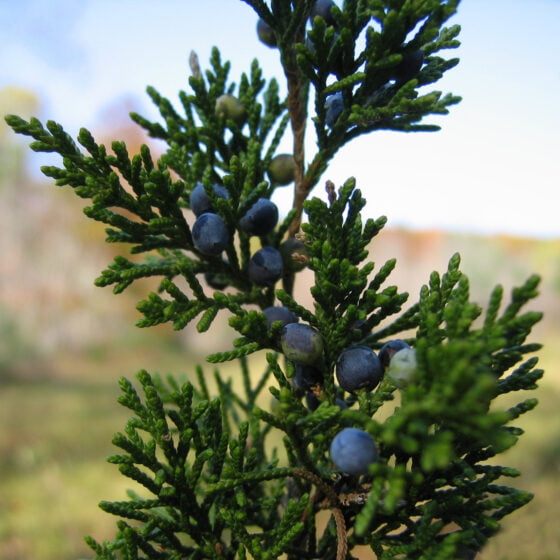
Sandalwood New Caledonia
Santalum austro-caledonicum
General data
Harvest Calendar
- J
- F
- M
- A
- M
- J
- J
- A
- S
- O
- N
- D
Product details Our added value
The sandalwood harvest is regulated by a cutting quota established by local authorities mandated for this purpose. Our partner respects this quota and obtains its supplies from tribes from one of New Caledonia’s islands that have been made aware of the significance of regenerating the resource.
Fragrance side
Sandalwood essential oil often accompanies other woody notes but also vanillaed or balsamic notes of oriental perfumes. It highlights opulent flowers such as rose or jasmine.
Well-being side
Soothing and calming nervous, cardiotonic, phlebotonic, lymphotonic and skin regenerating. Relaxing and euphoric, it liberates and elevates the spirit.
*The aromatherapy properties in this document are excerpted from reference books, scientific articles, or specialized websites and are provided to customer for its information and internal use only. Claims on a finished product remain the responsibility of the company making the finished product available on the market. About
S. austrocaledonicum grows in New Caledonia and Vanuatu. It is a medium-sized tree with bushy foliage and panicles of small white flowers as inflorescence. S. austrocaledonicum is a hemiparasite that uses suckers and rootlets of its roots to parasitize those of surrounding plants and extract sap from them. In the forest, it generally lives in symbiosis with the false Gaïac, Acacia spirobis.
Overexploited for years by sandalwood traders, it is only around the 1980s that conservation and management of this species on Caledonian territory was considered. In 1988, the government of New Caledonia introduced for the first-time cutting quotas and the control of these quotas.
So that a tree can be felled, it will be hammered by the forest ranger. He identifies the trees to be felled by analyzing different criteria such as trunk circumference, sapwood thickness and tree general. They are then deboned and put to dry until they lose 20% of their weight. The wood is then split, cut into pieces and then into chips before being transformed into essential oil.
Our added value
The sandalwood harvest is regulated by a cutting quota established by local authorities mandated for this purpose. Our partner respects this quota and obtains its supplies from tribes from one of New Caledonia’s islands that have been made aware of the significance of regenerating the resource.
Fragrance side
Sandalwood essential oil often accompanies other woody notes but also vanillaed or balsamic notes of oriental perfumes. It highlights opulent flowers such as rose or jasmine.
Well-being side
Soothing and calming nervous, cardiotonic, phlebotonic, lymphotonic and skin regenerating. Relaxing and euphoric, it liberates and elevates the spirit.
About
S. austrocaledonicum grows in New Caledonia and Vanuatu. It is a medium-sized tree with bushy foliage and panicles of small white flowers as inflorescence. S. austrocaledonicum is a hemiparasite that uses suckers and rootlets of its roots to parasitize those of surrounding plants and extract sap from them. In the forest, it generally lives in symbiosis with the false Gaïac, Acacia spirobis.
Overexploited for years by sandalwood traders, it is only around the 1980s that conservation and management of this species on Caledonian territory was considered. In 1988, the government of New Caledonia introduced for the first-time cutting quotas and the control of these quotas.
So that a tree can be felled, it will be hammered by the forest ranger. He identifies the trees to be felled by analyzing different criteria such as trunk circumference, sapwood thickness and tree general. They are then deboned and put to dry until they lose 20% of their weight. The wood is then split, cut into pieces and then into chips before being transformed into essential oil.
Other type of extracts
(Woody)
